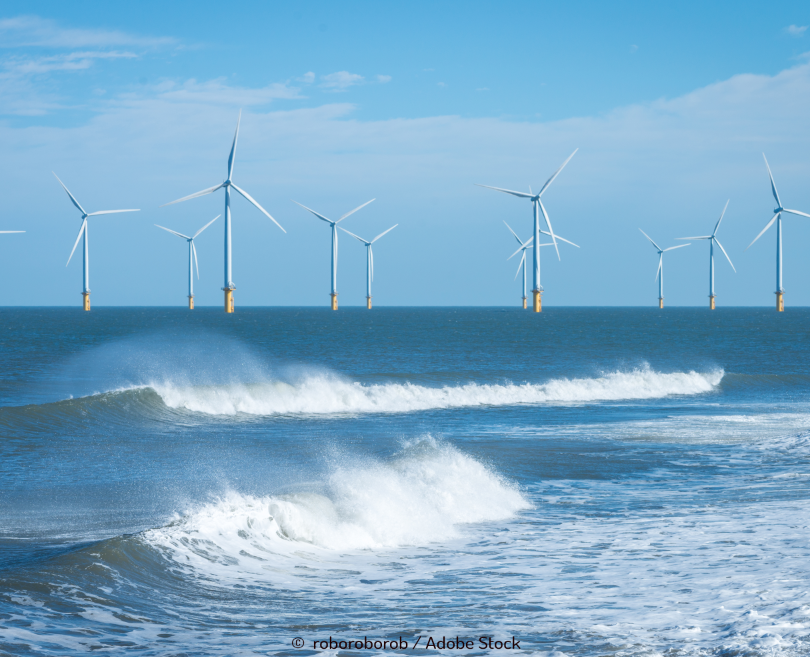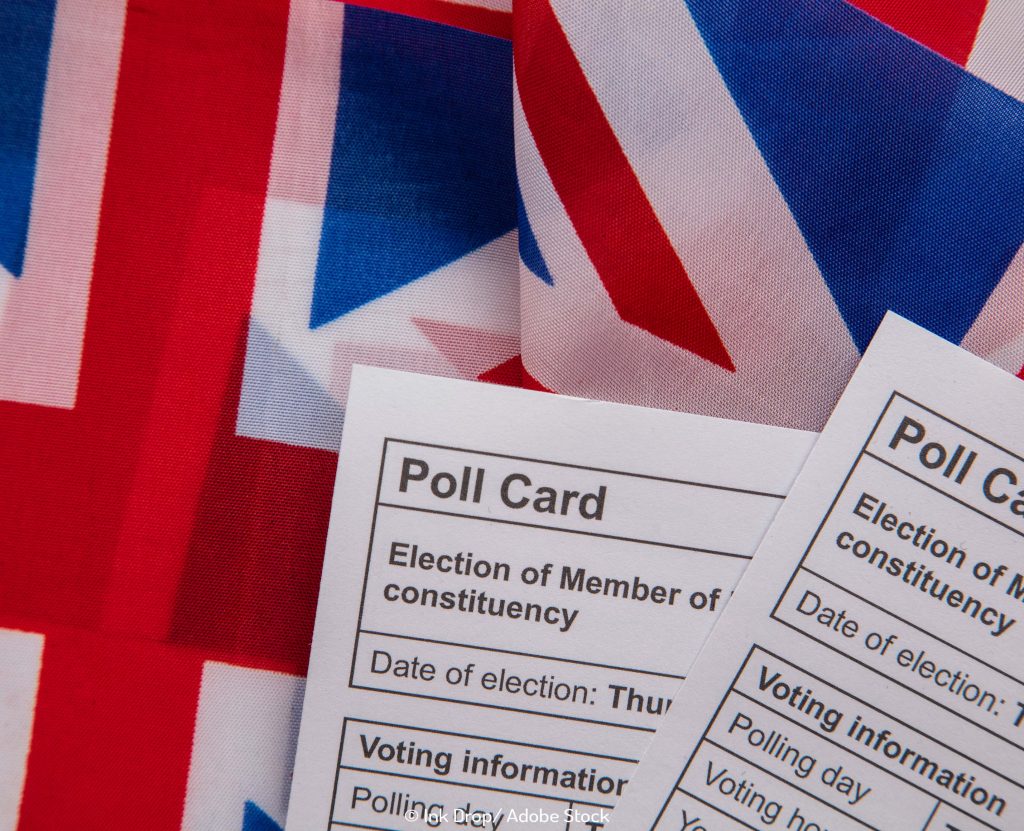
‘’The UK’s next wave of offshore windfarms will be generating electricity without subsidies’’
In the last two years the cost of offshore wind has plummeted by almost a third. Now a new range of offshore farms will generate power at a lower cost to burning coal and won’t – for the first time – need a penny in subsidies.
To fully grasp the significance of this – take Hinkley Point C – the over-budget and delayed nuclear plant due to open in 2025. The government has agreed it will pay £92.50/MWh for the electricity. The results of an auction at the end of September revealed that costs for offshore wind had fallen by a third – to about £40/MWh.
And so, within the next four years, new offshore wind projects will provide electricity in the UK under ‘zero-subsidy’ support contracts, which may bring down bills for homeowners. In 2015, the earliest offshore windfarms received contracts worth about £120/MWh.
The news was described as ‘truly extraordinary’ by Simon Virley, UK head of energy and natural resources at KPMG: “The government has secured almost 6GW of new renewables capacity, without spending any of the £65m budget allocated for this auction, due to the record low clearing prices. Giant offshore wind projects will now be built in the North Sea effectively ‘subsidy free’. This raises the prospect of offshore wind contributing even more than previously envisaged to achieving the UK’s net-zero emissions target by 2050.”
One of the companies to take up the new round of contracts is Equinor, which will develop four windfarms on remote islands and a total of six off the coasts of Scotland and England. Partnering with SSE the two will plan to build the world’s largest offshore wind project in the Dogger Bank area of the North Sea. This huge 3.6 GW farm could produce enough energy to power 4.5 million homes.
Equinor’s CE Eldar Sætre said this represents a game-changer for the business: “A full-scale development of Dogger Bank will constitute an industrial wind hub in the heart of the North Sea, playing a major role in the UK’s ambitions for offshore wind and supporting the net zero ambition.
The Dogger Bank project is estimated to trigger a total capital investment of £9 billion between 2020 and 2026.
During the second quarter of 2019, offshore wind generation increased to a share of UK electricity of 35.5% – a new record for the period, by 25% according to the latest report from the Department for Business, Energy and Industrial Strategy, with the biggest drivers being the 1.2 GW Hornsea Project One and the 588MW Beatrice offshore wind project which we recently talked about.
RenewableUK strategic communications director Luke Clark said: “Now is the time to push all of our renewable energy sources, including onshore wind and innovative tidal and floating offshore wind, so that we reach net zero emissions as quickly as possible”.


